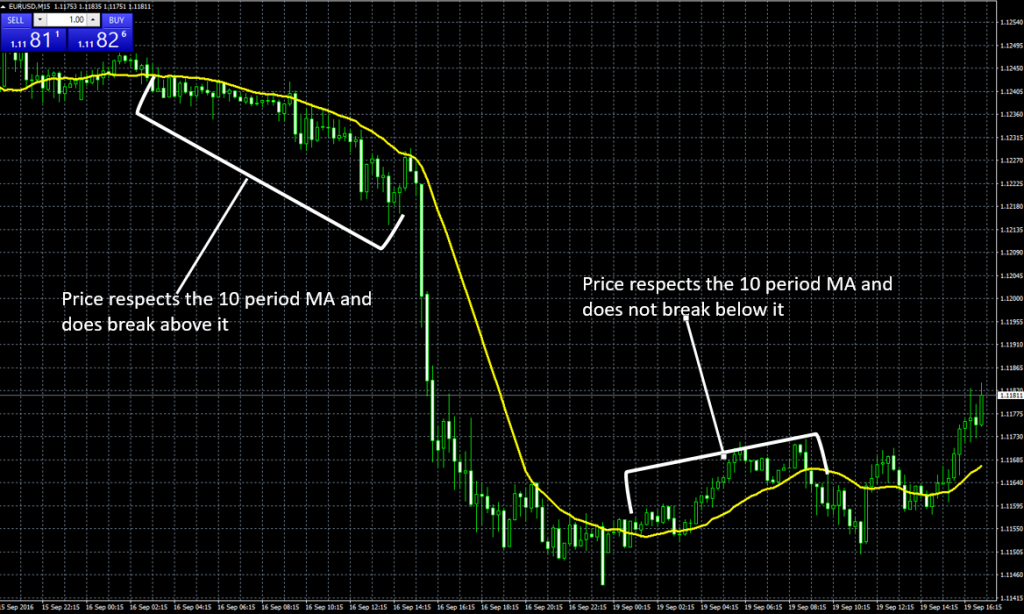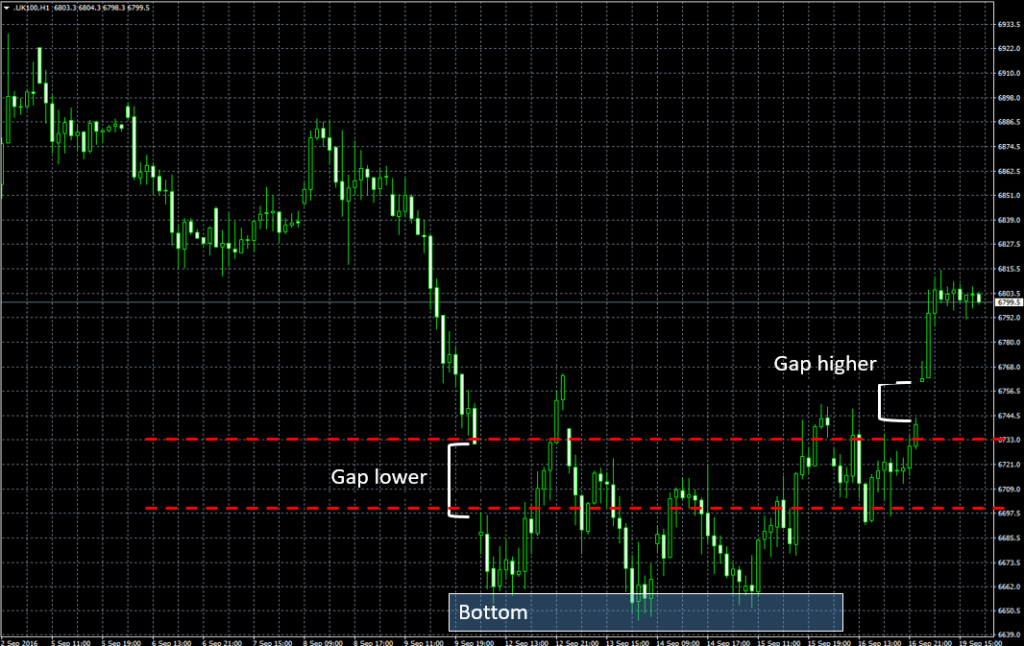22.02.2017
Pro Day Trading Strategies & Insights

Day Trading Strategies are used by investors to remove or limit overnight exposure, which can be seen as an additional risk to their capital. Though in truth this is less of an issue when trading Forex (where the market is open 24 hours a day five days a week) than it is for other asset classes.
Nevertheless following a Day Trading Strategy allows a trader to end their business day flat. That is with no open positions. Thereby avoiding unpleasant surprises (that may result from negative overnight moves) when he or she returns to their trading screen the next day. By the same token of course they run the risk of missing out on any positive moves overnight, though this is seen as the lesser of two evils so to speak.
Increasing popularity
Day Trading Strategies became popular among the investing public in the internet boom of the late 1990s. As people’s houses and places of work were connected to the internet,so they were able to view and interact with information in real time. One of the most obvious things that individuals could interact with over their new internet connections, was financial markets data. As a result an increasing number of individuals decided that they wanted to take control of their investments and trade for themselves. A new generation of brokerage companies were founded to meet these new customer requirements of which Blackwell Global is one.
Anatomy of Day Trading Strategies
Day trading activity takes place intraday – that is inside one business day. Traders may buy and or sell numerous financial instruments in that time, but they will aim to end the day with out any open positions, having” squared their books” before the close of business. Those investors implementing Day Trading Strategies may finish the trading day well before the official close of business. If for example they employ monetary targets, as a far as profit and loss are concerned. For example if a trader has a profit target of £1500.00 per day and a maximum daily loss of £500.00, if he or she reaches or exceeds either of those figures, they could well decide to cease trading for that particular day. Rather than risk their profit or incur further losses.
Examples of Day Trading Strategies
Scalpers
Both Scalpers and Swing Traders use Day Trading Strategies. Scalpers are frequent traders who hold a position for a very short time, while looking to collect or scalp a small profit from each trade they do. Or at worst to close a non performing trade for little or no loss. Over the course of a day they hope to achieve many more winning than losing trades, or to have winning trades whose cumulative profits exceeds their total losses, plus any costs incurred. A simple Day Trading Strategy that might be employed by a Scalpers is to monitor how a price respects a moving average, over a relatively short time frame. For example a 10 period moving average plotted on a 15 minute chart.
We can see an example of this in the chart below, which is a 15 minute plot of EUR USD (Euro US Dollar) that has been drawn with a 10 period simple moving average in yellow (this line is quite simply the plot of the rolling average of 10 periods of price activity). You can see that we have highlighted two areas within the chart. On the left hand side an area where the price of EUR USD was unable to break above the 10 period MA line and having tested there,moved lower. The white or filled candles here indicate a 15 minute period,where the closing price in the period, was lower than the high.Which itself was often at or close to the 10 period ma line. Each of these failures at the moving average represented an opportunity to short (Sell) EUR USD as part of a Day Trading Strategy.
Conversely to the righthand side of the chart we have highlighted an area where the EUR USD price viewed the moving average line as short term support. The price touches but does break below the ma line on consecutive occasions. Then the price subsequently moves higher away from the line, before breaking below once again on the third test of the line. These bounces away from the moving average would have provided an opportunity to get long or buy EUR USD, whilst the break below the MA would have signaled the end of the short term price support. Note though that the price goes on to test at and bounce from horizontal support and then moves back above the moving average once more. This type of short term price action creates a useful Day Trading Strategy that is exactly type of thing Scalpers can and do exploit.
Day Trading Strategies for Swing Traders
Swing Traders take a longer term view than their Scalper counterparts but many of them will employ a Day Trading Strategy, to mitigate their overnight risk exposure. Swing Traders are looking to identify swings or changes in price momentum. And once identified to capture as much of a move as possible within a trade. The chart below shows the UK 100 stock index drawn over hourly time frame.
We have highlighted overnight gaps with white brackets (gaps are voids in a chart created by a sharp move in the underlying price, which can often be found between the closing and opening of a market) both lower,on the left hand side and higher on the right hand side of the chart. Having gapped lower the price action continues lower and forms a bottom (at a level it will return to on two subsequent occasions). Having formed the bottom the price begins to rally and moves into the gap, breaking above the lower of the two red dotted lines.
Just like nature, price abhors a vacuum and it will always try to fill a gap in chart if it can. In this instance we did fill the gap, with the price of the UK 100 index moving through the second of our dotted red lines. The price then pushes on to a prior period high, before gapping lower once more on the following day.
We should also note that prior to gapping higher (on the right hand side of the chart) the UK 100 index tested to and through the top of the gap lower, as indicated by the upper dotted line. The index closed above that level as well which was suggestive of a higher open on the following day.
Implementing this Day Trading Strategy
A Day Trading Strategy for a Swing Trader based on the Gap higher would have been to buy the UK 100 Index on the open or if they wanted confirmation,to buy the index at the point where the price made a new high, above that seen in the first candle of the day, after the gap higher.Then once long remain so whilst the price was above their entry level,. Then subsequently exiting their long position before the close of business.
In fact the move to fill the gap lower, the three bottoms and the gap higher,which followed a close above the top of a prior gap, are all signals that a Swing Trader could use as entry points, as part of their Day Trading Strategies.
Summary
Whether you deploy a Day Trading Strategy as a Scalper or a Swing Trader you will need develop the discipline to make that strategy work for you. As a scalper you will need to get proficient at cutting non performing trades quickly. That means recognising you were wrong and moving on.
As a Swing Trader you need to decide if a change in price momentum or direction is genuine. If it is you need act quickly to enter a trade and then manage that and any other positions throughout the day, trying to maximise your profits and minimise losses as you do so. If you don’t think Swing trading is right for you and it may not be. Why not read our article on Spread Trading.
Remember that you should always choose a trading strategy that meets your investment objectives,experience,financial resources and risk appetite. One way that traders can gain valuable hands on experience of working with Day Trading Strategies, in realistic market conditions, is to make use of our demo trading account, in which you can create, practise with and refine your own Day Trading Strategies.
Back to Previous Page >>


